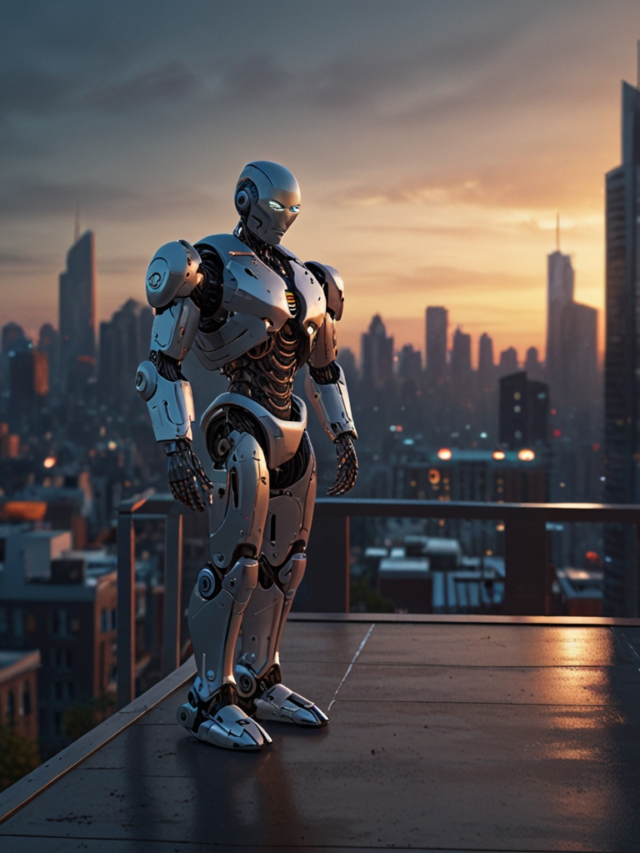MIT researchers have uncovered a surprising phenomenon called the indoor training effect, which suggests that training AI agents in less uncertain environments can lead to better performance when they face unpredictable real-world scenarios. Traditionally, engineers strive to match training conditions with actual deployment to ensure success. However, the study, which involved training AI to play modified Atari games, showed that agents trained in noise-free settings outperformed those trained in more chaotic environments, even when tested with unpredictability. This finding opens new avenues for developing enhanced training methods for AI, indicating that a mismatch between training and testing environments might actually bolster an AI’s adaptability and effectiveness in real-world applications.
MIT Researchers Discover New Training Method for AI Agents
Researchers at MIT have made a groundbreaking discovery in artificial intelligence training, suggesting that training AI agents in less predictable environments may lead to better real-world performance. Traditionally, engineers have believed that simulating the real world as closely as possible was essential for training, but the new findings challenge that notion.
The study focused on AI agents playing modified Atari games. By introducing unpredictability or “noise” in the games, the researchers found something surprising: agents trained in a stable, quiet environment performed better in noisy, chaotic game settings than those trained in similar noisy conditions. This phenomenon is being called the “indoor training effect.”
Lead researcher Serena Bono explained that training in a noise-free environment helps agents learn essential skills and strategies more effectively. Like a tennis player mastering their shots indoors before playing in windy conditions, AI agents trained in calm settings might adapt better to unpredictable scenarios later on.
The findings of this study will be presented at the upcoming Association for the Advancement of Artificial Intelligence Conference. Through this research, MIT hopes to pave the way for enhanced training methods for AI, especially in environments where uncertainty is a factor.
This breakthrough emphasizes the importance of exploring varying training environments, potentially leading to more robust AI systems that can thrive in unpredictable conditions.
Tags: AI training, indoor training effect, AI performance, machine learning, research, MIT
What are mismatched training environments for AI agents?
Mismatched training environments happen when AI agents learn in a setting that is different from where they will actually operate. This can help them adapt better to new or uncertain conditions.
How can mismatched training help AI agents?
By training in varied or unexpected environments, AI agents can learn to handle surprises and challenges. This helps them make better decisions when facing unknown situations.
What are some examples of mismatched training?
An example could be training a self-driving car in different weather conditions like rain or snow. Another could be training a robot in a cluttered space instead of a clean one to prepare for real-world chaos.
Are there risks with mismatched training?
Yes, there are risks. If the training environment is too different, the AI might struggle when it’s time to perform in the real world. It’s important to find a balance.
How do researchers ensure effective mismatched training?
Researchers often use simulations and real-world testing to fine-tune AI agents. They mix various scenarios in training and analyze how well the AI learns to handle those differences.






